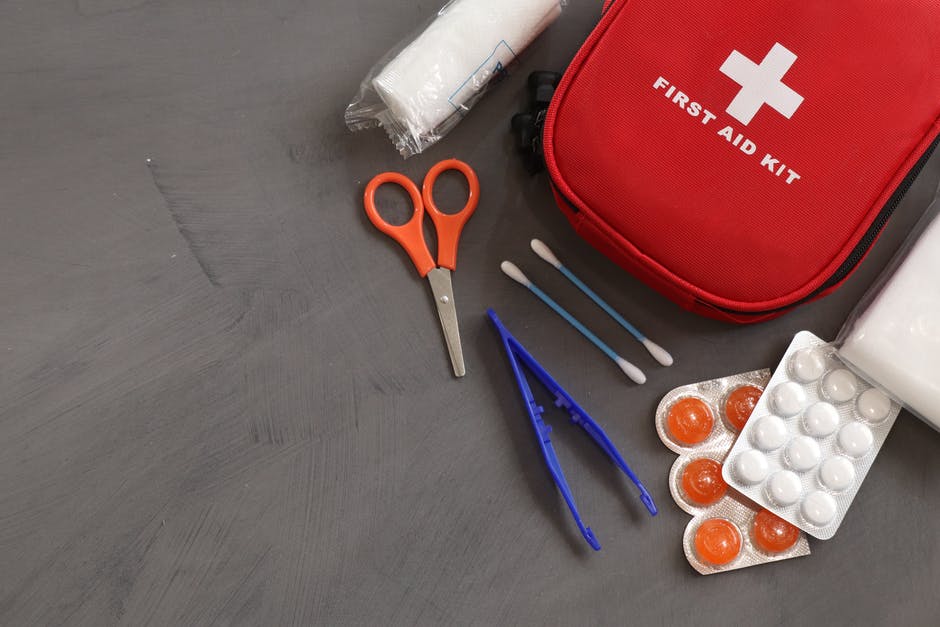 Despite everyone’s good intentions and attempts to prepare, disaster can strike when we least expect it.
Despite everyone’s good intentions and attempts to prepare, disaster can strike when we least expect it.
It’s valuable to have some sort of basic first aid training, no matter how minor your situation. Even if the only thing you do is learn and purchase an emergency first aid kit, that prepares you for when you have to act!
Want to know more about first aid and what you can do to prepare? Then read on! Here are some facts you need to know about first aid to prepare yourself.
1. Basics of First Aid
First aid is a vital skill, with basic principles that can help save a person’s life or, at the very least, minimize the severity of an injury or illness. Principles of first aid include: assessing the situation, checking for any signs of life, and calling emergency services if needed.
Next, respond to the situation based on the severity, such as calling for emergency services, performing cardiopulmonary resuscitation (CPR), or using an automated external defibrillator (AED). There are many other more specific facts of first aid that vary from scenario to scenario, but the basics outlined above are a great starting point for learning more.
2. Recognizing the Warning Signs of a Medical Emergency
Recognizing warning signs and providing a prompt response is the best way to ensure a positive outcome in any medical emergency. The signs may include unconsciousness, breathing or speech difficulties, chest discomfort, confusion, or changes in behavior, as well as any signs of severe pain in the neck, chest, abdomen, or back.
3. Setting Up Your First Aid Kit
Setting up your first aid kit is an important step to being prepared for any unexpected situation. Knowing the basics of first aid is key to understanding when and how to use the supplies.
Know what items to keep in your first aid kit adhesive bandages, antiseptic wipes, gauze, medical tape, and safety pins are all good items to include. Understand when to use the items in your first aid kit. Knowing how to use the items in your first aid kit properly can be the difference between life and death.
4. Know When and How to Perform CPR
When performing CPR, ensure the scene is safe and does not pose a danger to you or the person in need of assistance. Check for responsiveness and if the person is clearly unresponsive and not breathing normally, start CPR with chest compressions.
Then tilt the person’s head back and lift their chin to open the airway. Place your mouth over the person’s mouth and pinch the nose shut. Give two slow breaths, allowing the chest to rise and fall until medical help arrives.
Being CPR-certified can help save lives. Visit cprcertificationnow.com to learn more about CPR certification.
5. Preparing a First Aid Plan for Your Family
Have a comprehensive first aid kit stocked and kept in a convenient location. Develop a plan on who will take care of an injured family member, call for medical help, and take responsibility for medical services. Preparing ahead of time will help you and your family stay safe in the event of a family emergency.
Learn About First Aid Today
First aid can be the difference between life and death in an emergency. It is critical to learn the basics and stay up to date on industry standards.
Learn more about first aid and find local courses to ensure you are always prepared. It could save someone’s life.
Did you find this article helpful? Check out the rest of our blogs!
Leave a Reply